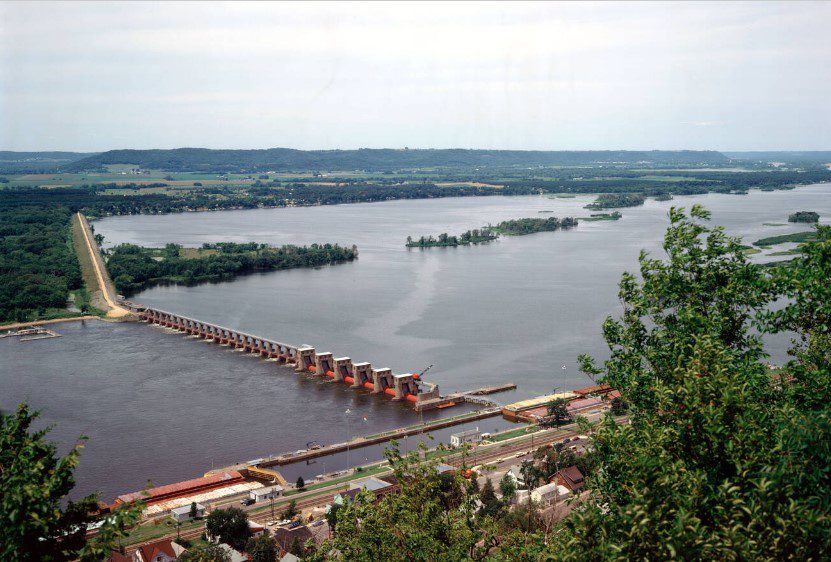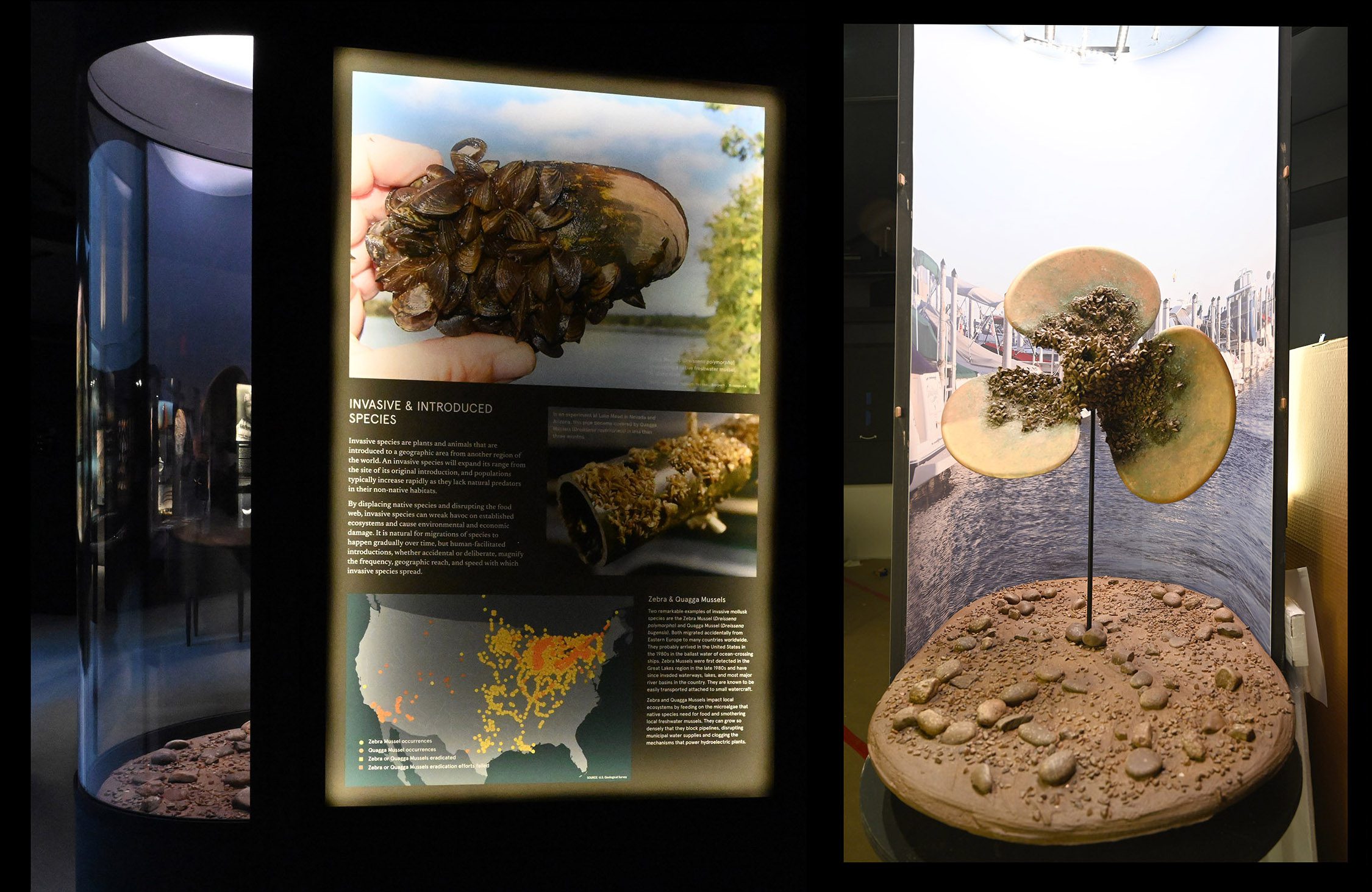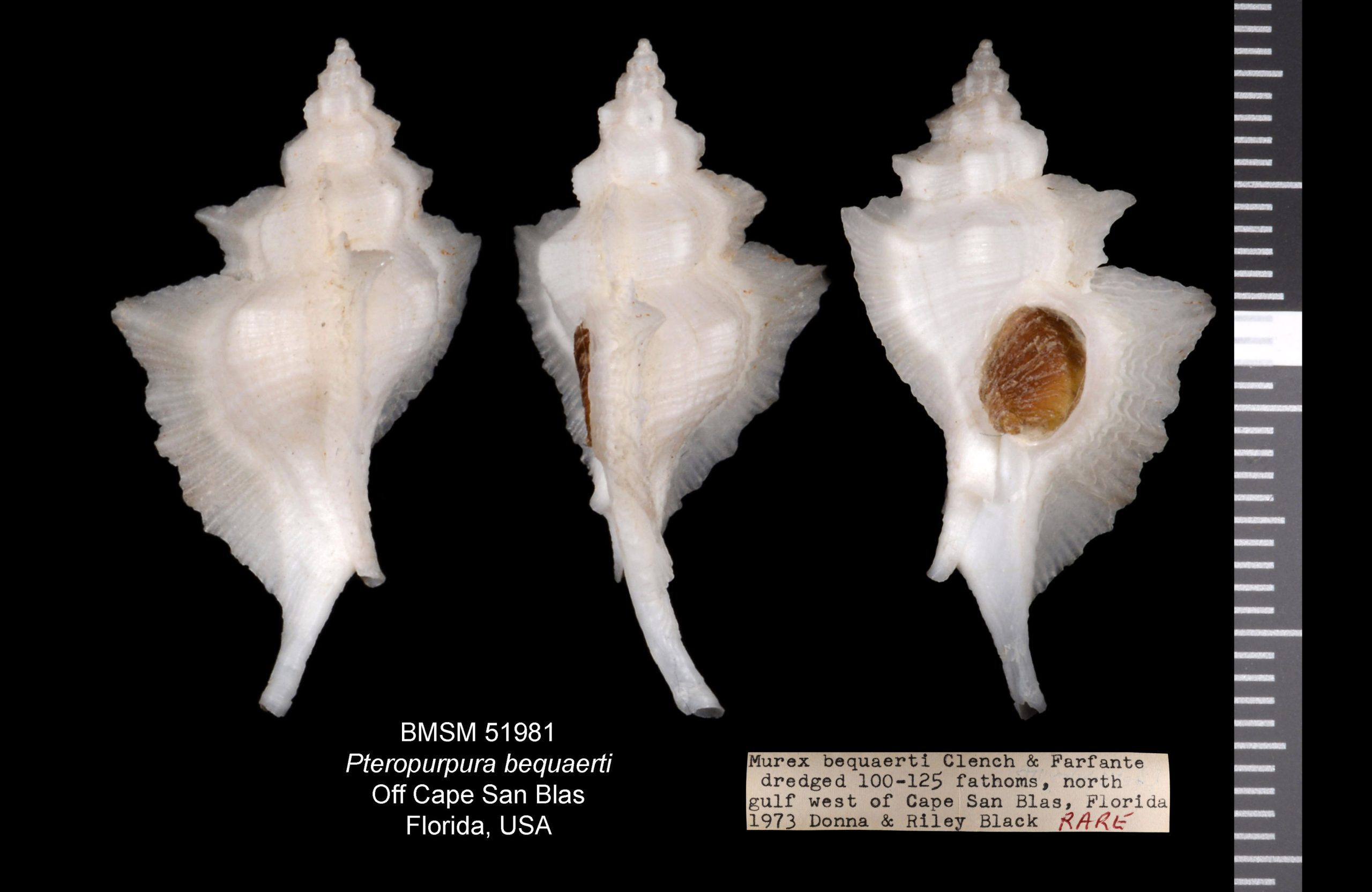Development, agriculture, river damming, and pollution are just some of the human activities that can destroy ecosystems and deplete resources needed to support wildlife, leading to habitat loss. Freshwater mussels are relatively stationary animals with long lifespans, which makes them especially susceptible to habitat disruptions such as river damming.

The damming of rivers is detrimental to freshwater mussels because it transforms free-flowing water currents into artificial lakes. Freshwater mussels need fast-flowing water and will not survive in the tranquil environment of artificial reservoirs. Due to the depths and water circulation patterns, reservoirs usually have oxygen-starved dead zones at the bottom, which is also harmful to those bivalves.

In North America, which still has an extremely high diversity of freshwater mussels, recent estimates suggest that about half the region’s species are now extinct, endangered, or vulnerable. One noted hot spot for freshwater mussels in the United States is in the Tennessee River near Muscle Shoals, Alabama. Records from the early 1900s indicate that 69 species of mussels were once present in the area. Today, only 32 species remain following the construction of dams along that river.
[Some of the content of this post was originally created for the Habitat Loss section of the Conservation & Environment set of exhibits at the newly renovated Great Hall of Shells, Bailey-Matthews National Shell Museum & Aquarium.]


